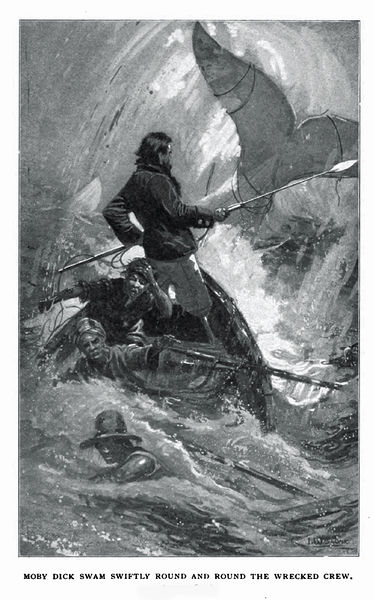I have two TVs in my garage. They sit near the door, one covered in an old blue and white striped sheet. They’ve been there on two years now. A thick lick of dust has formed on the sheet. Every time I open the garage door – just after I feel its cool air on my cheeks – I see them wide, heavy and useless. Their cathode-ray shapes form techno-carcasses on the concrete floor. All they need is electricity to come to life again. But I know that won’t happen. Sometime soon I’ll have to find the strength to get them into the car. They’ll be at the tip before the year is out.

Those TVs came to me less than a decade ago – and not without a little domestic fanfare. One was bought new, the other a second-hand bargain I couldn’t refuse. They both have ginormous screens which I sat before daily in darkness. The shadows of hundreds of stories were cast in colour on the walls of their rooms. Then one day those TVs found their way to the garage. When I bought them I didn’t realise that it was possible for technology to change our habits so quickly. Now I don’t even have the need for a TV anymore. As a medium for storytelling those TVs have seen their last days.
In the early 1990s I thought this was a resonating quote:
The world has changed less since the time of Jesus Christ than it has in the last thirty years. (Charles Péguy, 1913)
Today it seems twee. Thirty years? Try three. Three years is all it’s taken me. The way I consume media over that period has changed so significantly that I now have a phobia about acquiring new hardware. New hardware that is: I’m still interested in stories.
In Australia we’ve just had another washout of journalists from our leading dailies, causing more prognostications on the so-called ‘questionable’ future of long form. ‘Long form is dead in this country,’ I heard a journalist recently say. To me that’s the same as saying that because my old TVs are now in the garage there’s no point in Aaron Sorkin ever putting pen to paper. True: the traditional formats for delivering long form to readers are fading. False: there will be no more long form. As Staff Writer for The New Yorker, David Grann recently said, stories are things that are, ‘in some ways wired into our DNA… People have been telling stories for centuries and centuries… It’s always [been] a part of our culture.’ The desire to read and write stories isn’t changing. Only the formats for delivery are.
Business models for delivering written work are in flux – but that doesn’t mean they won’t find equilibrium. Many print media organisations have been slow (if not resistant) to digital evolution. Part of that grogginess is a notion that everything in digital format has to be short – ‘for snackers’ as Executive Editor of ‘The New York Times’ Jill Abramson said in this conference presentation.
This idea that focus and interest are lacking in readers of digital content is a misnomer. Abramson, for example says that ‘The Times’’ long form pieces are among the most popular on their site. So why is it that so many feel that reading content digitally requires a different state of mind to reading it in print?
With a virtual inferiority complex, the early days of the Internet celebrated things that the printed page couldn’t offer. Hyperlinks, sound and animated gifs were cool while plain words were not. Circular storytelling was engaging but linear narratives were droll. Of those who had access, most were excited by the technology – yet uncertain of its future applications. It took visionaries like Steve Jobs to show us what was possible. But they didn’t have all of the answers. In 2008 Jobs added fuel to the virtual end-of-long-form fire, ‘It doesn’t matter how good or bad the product is, the fact is that people don’t read anymore,’ he said.
People do read, but where they get their reading from is changing. Our dailies are fast becoming anemic of good in depth and investigative content. I will miss reading them with a pot of tea in a comfy chair on the weekends. But I won’t go without those stories. I will find them somehow.
‘In my beginning is my end,’ TS Eliot wrote in 'East Coker', one of the 'Four Quartets':
‘In my beginning is my end. In succession Houses rise and fall, crumble, are extended, Are removed, destroyed, restored, or in their place Is an open field, or a factory, or a by-pass.’
Eliot’s poem continues to describe loss and melancholy – a sense of things that might-be or once-were. He was of course writing on far deeper issues than I am now. But there’s a melancholy he expresses in 'East Coker' that is infused with what I feel about the demise of print media. Something I value is ailing and I want to somehow nurture it to health. Yet at the same time a part of me wants to put it out of its misery, to euthanise print media, so that digital can show us what it’s got.
Eliot concludes his poem, ‘In my end is my beginning.’ For a little while now words have been moving from the printed to the digital space. I wonder – if we can eventually get past our ‘grief’ – would the complete absence of print media give us a new beginning? I think it would. I think it would show us that though the business models for delivering long form are changing, the form will continue to exist. Long form hasn’t been killed by digital media anymore than screen culture has by the fact that my old TVs are now in the garage.



